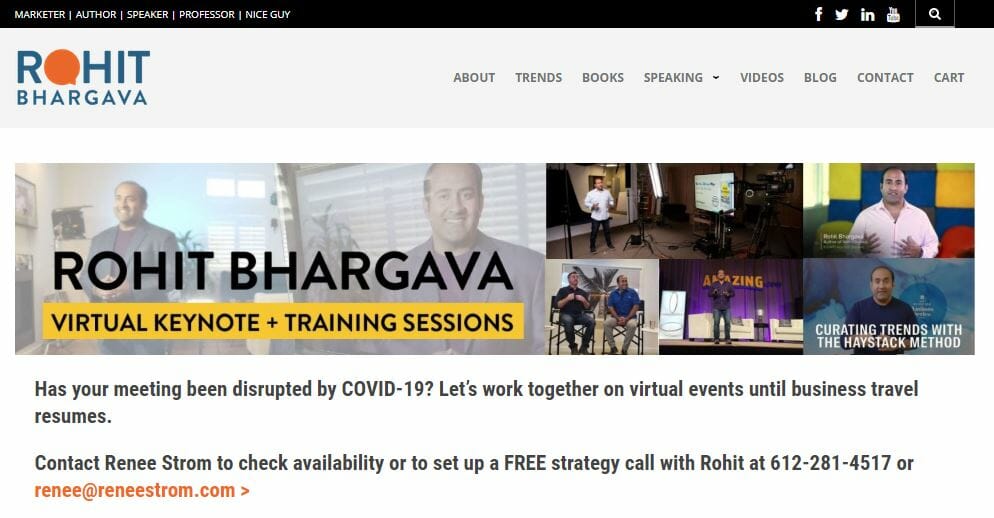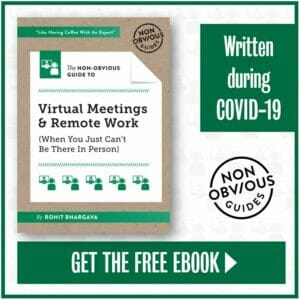As I was reading Days of Distraction, Alexandra Chang’s debut novel, a pandemic swallowed the news cycle, infiltrated my thoughts and implanted itself into the arc of the story, inseparable now from the story of a young woman struggling to find her place in her career, family and love relationship. Such is the nature of modern life, the novel suggests. For its narrator, life proceeds in app platforms, work chat streams, text messages, media, memories, and of course, IRL interaction—and this is reflected in the novel’s fragmented form. Chang often writes in succinct bursts of narration, cutting through the din, allowing incisive commentary about racism, sexism, and the everyday multitudes of being Asian American.
Cathy Erway: Your book is written in fragments—the story of the protagonist’s journey from a technology reporter in the Bay area to following her boyfriend to upstate New York for his grad school is interspersed with flashbacks, reflection and often snippets of media, like historical records. Do you think that in this day in age, our lives and our decisions are more influenced by the things we’ve read, at some point in time?
Alexandra Chang: I do think that’s the case, at least for me. I, in any given day, will read bits from articles, read Tweets, go on Instagram, watch TV, then read a book. There are so many sources of information that I’m taking in during any given period of time, and I might not be aware of each individual one affecting my state of mind or an opinion that I might develop. The form allows for a lot of different sources to fold into the narrative in a way that, for me, felt more natural to the way that I take in information.
I was also interested in the fragmented form because it’s really malleable and can dramatize the psychological and emotional state. The fragments dramatize the ways the narrator in the book is grasping to find a sense of self, and then at times failing, and how she’s looking to various sources, whether it’s in her own past or something that her parents or coworkers say or doing research.
CE: As the narrator is struggling to feel at home after leaving her job and the city that felt like home to her to live with her boyfriend across the country, there is a fragment from Maxine Hong Kingston’s memoir, Woman Warrior. Did her work have an influence on yours? I noticed there weren’t too many other novels excerpted.
AC: I read Woman Warrior when I was an undergraduate, in my sophomore or junior year. Before that, I had never read a memoir by a Chinese-American woman… It was a foundational text to me and a book that I have gone back to time and again, so it felt apt to include a bit of it in the novel.
CE: Did you consider writing this story as a memoir? There are a lot of parallels between your life and that of the narrator’s — being a reporter for tech publications, then traveling across the country to live with your now-husband as he attended grad school.
AC: No, I never considered writing it as a memoir, mostly because I didn’t think my life was really interesting enough to be put down as memoir. I am also not as familiar with the genre and form. For me, fiction is where I feel comfortable, and where I can access and hopefully put down on the page some emotional truths about my existence and the way I see the world without having to exactly adhere to my own experiences. In a lot of ways the book drew from my life, but in many other ways it strays and it’s stylized, and in that way it’s fictional—it feels very fictional to me.
CE: Speaking of fragments in your book that are historical records, there are a couple pages that had back-to-back clippings from American newspapers the late 19th century, discussing Chinese American immigrants. Then the narrator follows it with:
“Excerpt 1: Pit minority races against one another to benefit white supremacy. The creation of the model minority. Excerpt 2: Thirteen years later: This model minority no longer benefits white supremacy. Therefore, no more allowed in this country.”
Why do you think it was important to include these pieces, specifically?
AC: As the narrator is trying to figure out her place in the world, she seeks out these historical documents and sees these parallels between the past and the present and [those two clippings] are important for her to recognize her place in the world as tied to a history of white supremacy in the United States.
Racism against Asian Americans is not something that exists outside of racism against all marginalized people.
For me growing up, I was in predominantly white spaces—and this is reflected in the book in certain places—that I did sometimes have this desire to fit in or to be accepted in white society. As I got older, I started to realize that chasing assimilation was not actually the way I wanted to live. Also, racism against Asian Americans is not something that exists outside of racism against all marginalized people, so in this moment, the narrator is pointing out and recognizing how racism against Asian Americans is part of a larger system of white supremacy, how white supremacy can utilize one race against another.
CE: Did you happen to read a recent op-ed by former presidential candidate Andrew Yang that is receiving a lot of pushback from the Asian American community?
AC: Yes, that’s an example of what I was talking about, where there is this desire for assimilation and to prove one’s humanity and existence to white society. That the burden is on Asian Americans to do this work. I could have related to that feeling when I was younger, but I have very much grown out of that. It’s definitely not the message I would want Asian Americans to hear and to follow, and I was glad to see such a concerted pushback from the community.
In the book, the narrator is concerned with these individual moments of racism that happen to her as an Asian American woman, but she’s also on this path to better understanding how that fits into this larger system of racism which affects more than just her. It doesn’t seem like Andrew Yang has considered this yet.
CE: Unfortunately, your book’s publication coincides with a rise in hate crimes against Asian Americans. How does it feel to publish a book that explores Asian American identity in a time where racism against this group is making headlines?
AC: It’s strange and sad to think that my book might be more “relevant” now because of the increasing visibility of anti-Asian racism and xenophobia. The book takes place is in 2012 and 2013, and a lot of it is about the ways in which the narrator experiences and navigates veiled forms of racism—microaggressions from supposedly well-intentioned people, lack of visibility, lack of access to opportunities, an overarching feeling of loneliness. At one point in revision, I cut a scene where a friend of the narrator’s, during the heat of an argument, calls her a “chink.” It felt too melodramatic to me at the time, too much of a departure from the more minor, but persistent and insistent, experiences of racism in the book. Today, seeing Asians in America not only increasingly called this and other racist slurs but also physically assaulted—that scene feels, sadly, ordinary.
CE: In the book, the narrator struggles a bit with her interracial relationship. There is one passage where the narrator observes that her white boyfriend, J, can’t hear the difference in tones when she says something in Chinese. It feels like a loaded description. Do you think this reflects an inherent inability on his part to really understand her or her culture?
A lot of this book is about this experience of struggling to find a way to exist in the world authentically beyond outside perception.
AC: I didn’t necessarily write it with that specific intention. I wrote that section from personal experience, knowing that my white husband and many white friends aren’t able to hear the differences in the inflections of Mandarin. But there’s another moment where J persists in calling the narrator the family nickname even though he pronounces it differently than her family does. That is a moment that exists in this gray area, where he isn’t able to access this person who she feels she is with her family, but he persists in calling her this name. So for her, she starts to think of it as this different version of herself. I do think all of these moments add up throughout the book to show how even in this intimate relationship, they can’t ever fully understand one another.
CE: Your novel begins with a fragment about how people underestimate the narrator’s height. Have people underestimated you?
AC: What’s interesting about that first paragraph is that it has always been the first paragraph of this novel, it has never changed. It speaks to this struggle that the narrator has in defining who she is, while she being very aware of the ways people perceive and misperceive her. It’s also about these distances in how she wants to be and how she experiences the world based off of other people’s/society’s perspective of her.
I have been in many situations where I’ve been underestimated or made to feel small. In the workplace, for example, not being acknowledged for the work that I’ve done or having to do a lot more in order to be acknowledged or rewarded. A lot of this book is about this experience of struggling to find a way to exist in the world authentically beyond outside perception, and of course, that is something that I also still struggle with today.
CE: Is there anything else you want to say about your book?
AC: I wanted to add that there seems to be a renaissance in Asian American literature right now and I feel like very lucky to be part of this resurgence—there are so many books by Asian American authors that have come out this year and the months to come, so I just wanted to shout out a few of the ones I’ve read and loved, including: Meng Jin’s Little Gods, C Pam Zhang’s How Much of These Hills Is Gold, Kevin Nguyen’s New Waves, Cathy Park Hong’s Minor Feelings, and Maxine Mei-Fung Chung’s The Eighth Girl. I’m also excited to read Tracy O’Neill’s Quotients, Megha Majumdar’s A Burning, and Asako Serizawa’s Inheritors.
Even though this book addresses a lot about the experience of feeling invisible or feeling underestimated as an Asian American woman, what is really invigorating and heartening right now is that I do see many more stories by Asian American authors coming out and to be a part of that is really great.
The post An Asian American Woman Tries to Find Herself Outside the White Gaze appeared first on Electric Literature.


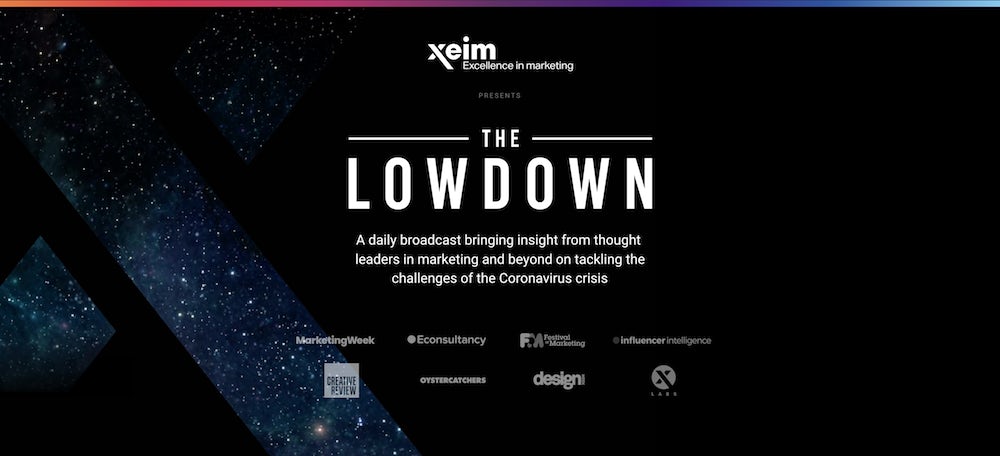
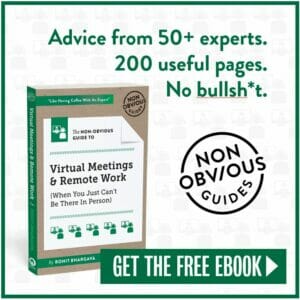
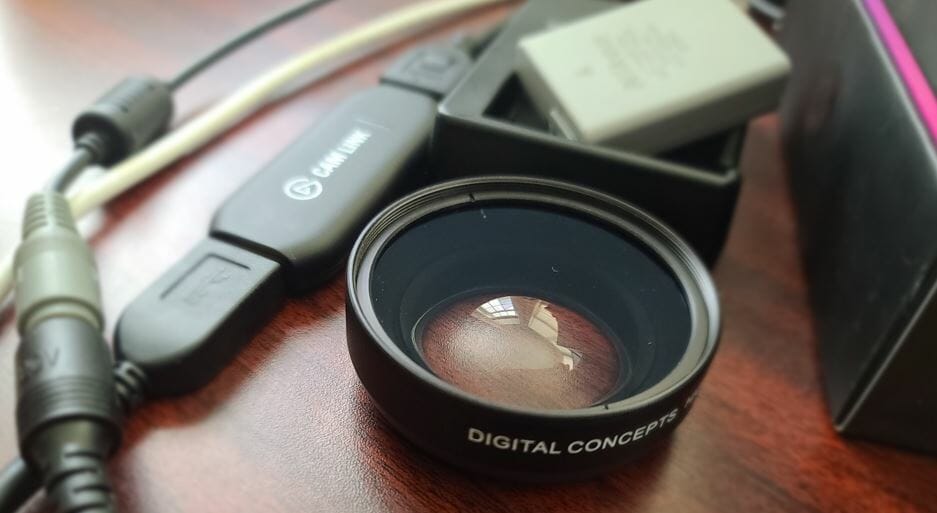
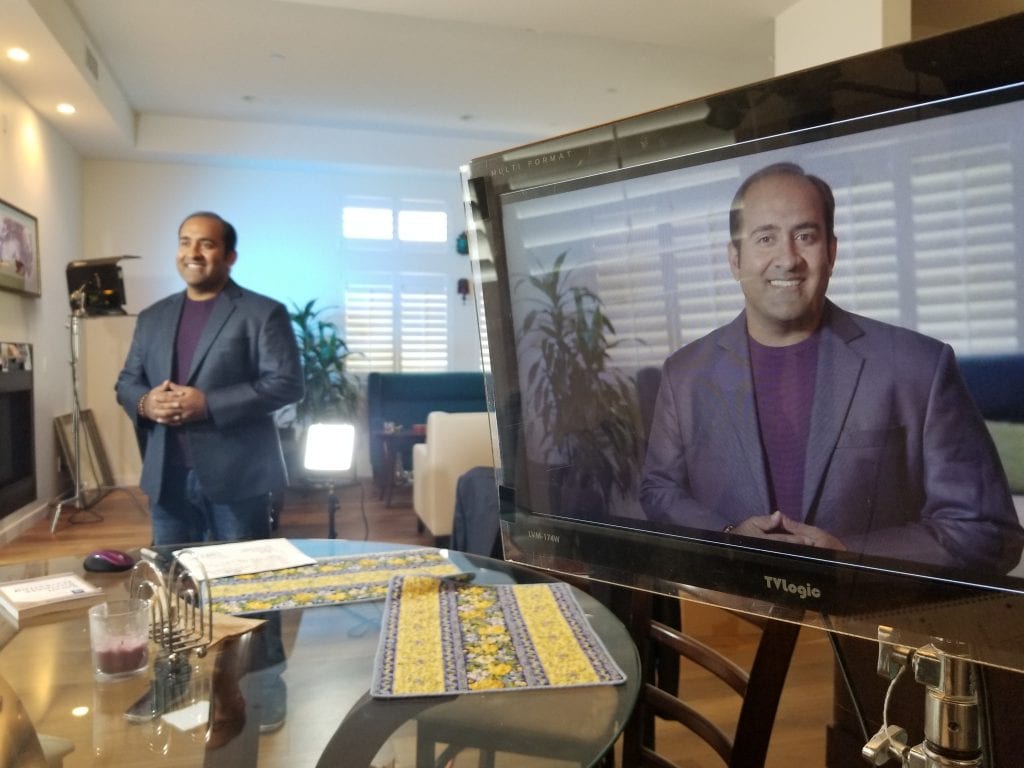
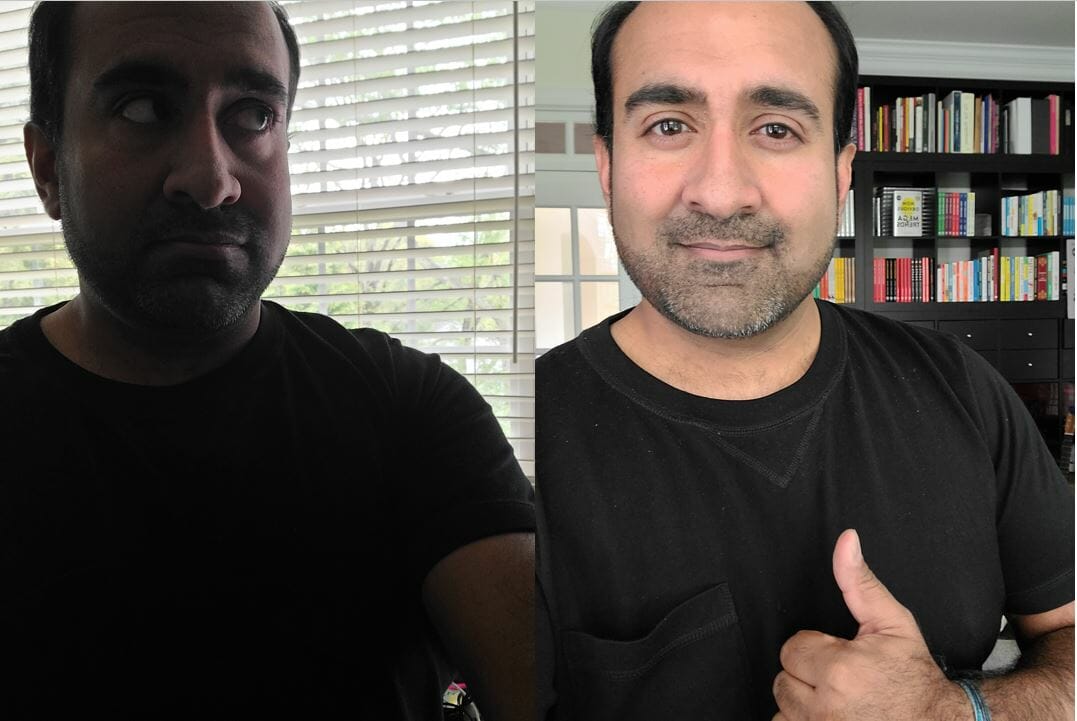

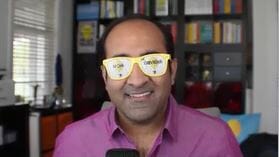 One of the nicest things about presenting from my home office is that I can have all the tools I usually use right next to me. So while I used to share a picture of a stack of books that I read from the stage, now I can actually SHOW people the stack. Props are a great way to break up the monotony of a talk and bring your personality too.
One of the nicest things about presenting from my home office is that I can have all the tools I usually use right next to me. So while I used to share a picture of a stack of books that I read from the stage, now I can actually SHOW people the stack. Props are a great way to break up the monotony of a talk and bring your personality too.